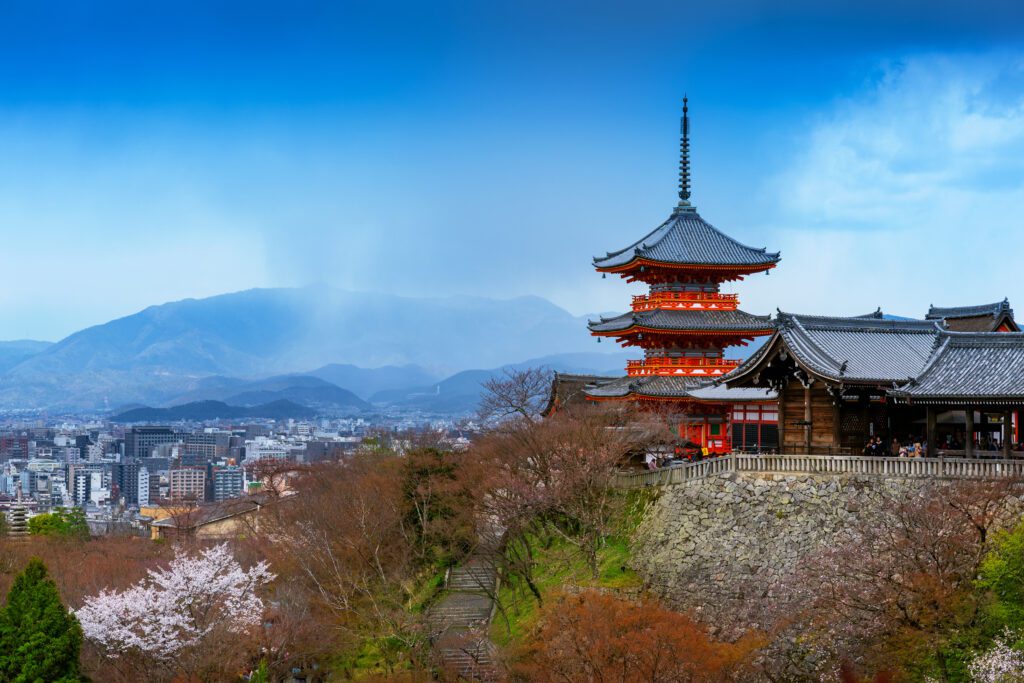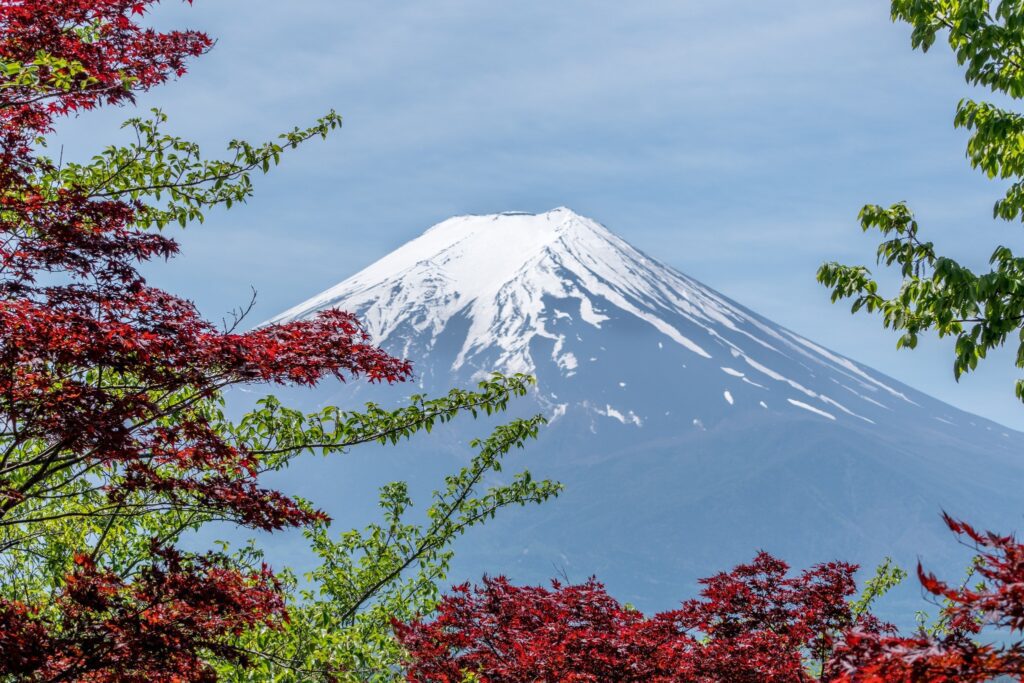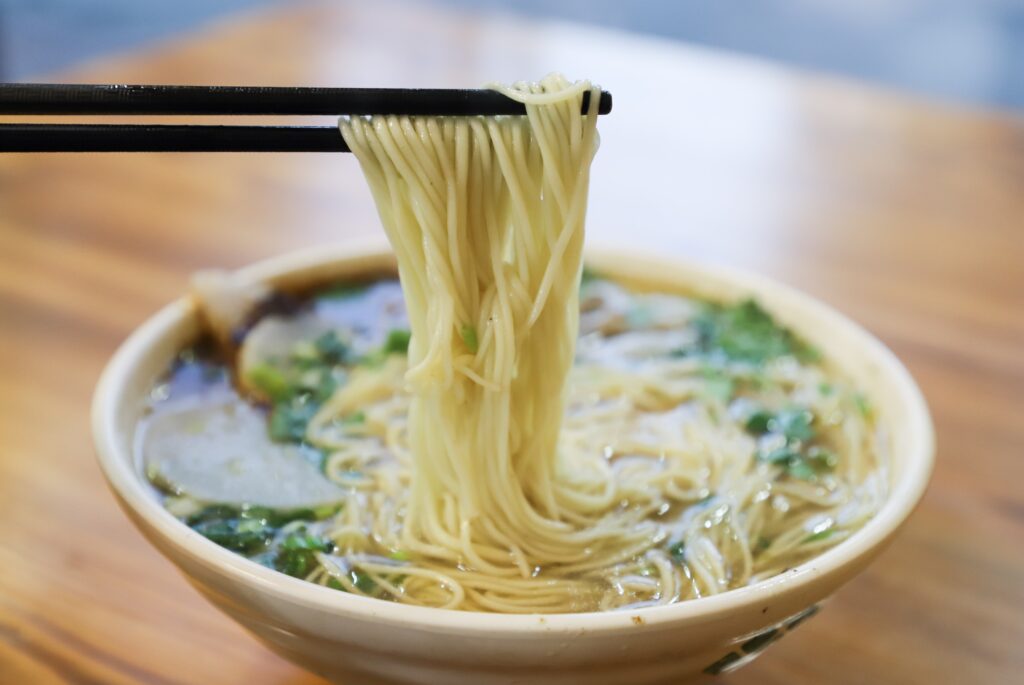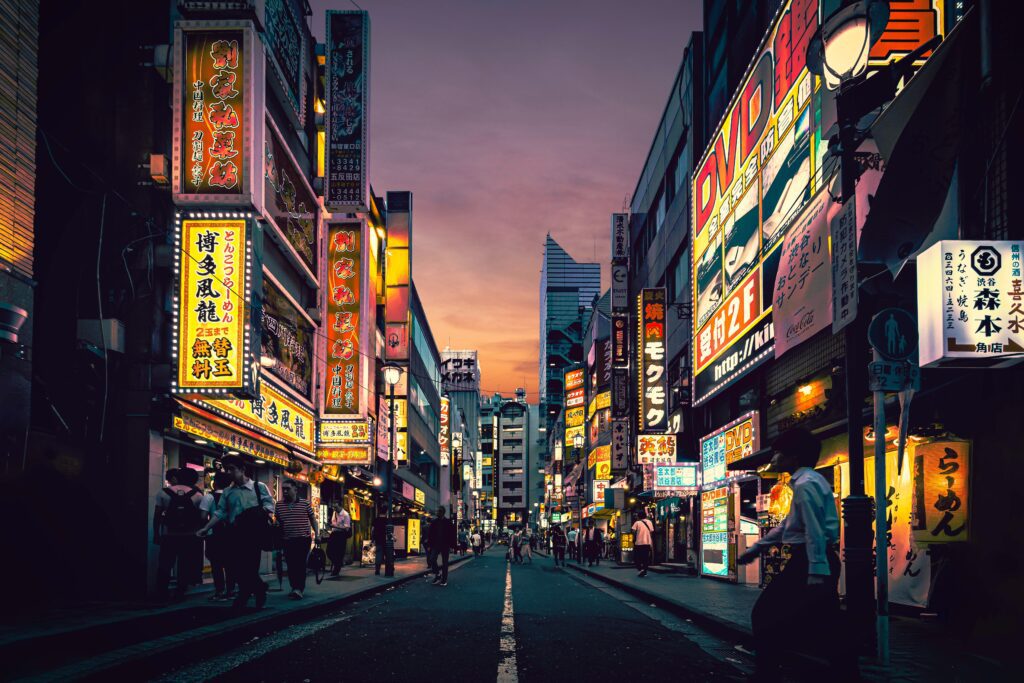

TRAVEL VISA REQUIREMENTS TO JAPAN
Entry into Japan necessitates both a passport and a visa (unless you’re from a country that’s visa-pure). For varied purposes and lengths of stay, the Japanese government has developed a variety of distinct types of Japanese visas. Citizens of further than 60 nations are eligible for visa-free trip and trade. Presently, individualities of other countries must apply for visas through a Japanese delegacy or consulate. In 2022, Japan made it easier for US and Canadian citizens to apply for a Japan visa amid epidemic visa proscriptions by introducing the eVisa. For brief stays, Canadians and Americans no longer bear a visa to Japan, but further visa- needed ethnicities are anticipated to admit the eVisa in the near future.
SACRED GEOGRAPHY
Around 6,852 islands make up the archipelago of Japan, which is situated on the Pacific Ring of Fire in a volcanic region. More than 75% of the world’s active volcanoes and 90% of the world’s earthquakes are attributed to the Pacific Ring of Fire, a nearly continuous network of ocean trenches, volcanic arcs, and moving tectonic plates.
Japan’s four main islands, Honshu, Hokkaido, Kyushu and Shikoku, make up 97 percent of the country’s total land area. Honshu is home to Tokyo and many of Japan’s other largest cities, including Yokahama, Osaka, Nagoya, Kobe, Kyoto, Kawasaki, Saitama, Hiroshima and Sendai.
Nearly a quarter of Japan’s land is arable, and Hokkaido, the second-largest Japanese island and northernmost prefecture, makes up this portion. Hokkaido outperforms Japan’s other 46 prefectures in the production of raw milk, beef, wheat, soybeans, and a variety of other agricultural products, including soybeans (the main component of tofu and all other miso products). The annual Sapporo Snow Festival is held in Sapporo, the capital and largest city of Hokkaido. Over 2 million people typically attend the dazzling display of 400 snow and ice sculptures.
The third-largest and southernmost of Japan’s four major islands, Kyushu, is home to the country’s most active volcano, Mt. Aso, as well as other significant towns in terms of history, politics, and commerce, such as Nagasaki, Kagoshima, and Fukuoka.
TRAVEL SAFETY IN JAPAN
The crime rate in Japan is low. Petty theft, similar as bag snatching at popular sightseer lodestones, can do. There’s a threat of crime in bars and clubs. Overcharging, credit card fraud, spiking drinks, and assault are all felonious offences. Avoid road merchandisers who try to vend you tickets to venues. Do not bring large totalities of plutocrat to bars, clubs, or parties. Make sure your credit card is securely stored. Earthquakes and surfs are a constant trouble. Learn about the hazards of a major earthquake and the exigency plans for your area from original or prefectural government services. Find out where your nearest sanctums. However, get to advanced ground as soon as possible, If you’re in a littoral area following a major earthquake. The typhoon season lasts from May to November, with the busiest months being July and September. Original authorities, exigency services, and original media updates should be followed. Make sure to misbehave with any evacuation orders. Keep a introductory exigency force tackle on hand. Determine the position of the nearest sanctum. In downtime, Japan gests heavy snowfalls and extremely low temperatures. Use safety outfit when skiing in Japan. Visit only areas designated as safe by original authorities.
MONEY AND BANKS IN JAPAN
The Japanese yearning is the country’s sanctioned currency. It’s stylish to get some cash converted before you leave so you have change when you arrive to catch the train to your destination. Alternately, you can change plutocrat at the field. While dis benefit cards aren’t extensively accepted in Japan, they can be useful for withdrawing cash from an ATM. Keep in mind that using a dis benefit card issued in your home country will nearly clearly affect in pullout freights, transnational ATM freights, and, depending on your bank, foreign sale freights. Visa, MasterCard, JBC, and Union Pay are the most extensively accepted credit cards, and American Express is accepted in numerous places in major metropolises similar as Tokyo. Credit cards can be a good option because some providers may give benefits similar as no sale or currency conversion freights, frequent leaflet long hauls, price points, and indeed exigency card reserves. Another option is to use trip plutocrat cards. These are useful because you can load Japanese yearning onto your card ahead of time and transfer plutocrat electronically from other accounts while in Japan. utmost come with exigency backup cards as well. In Japan’s larger metropolises, it has come easier to detect ATMs where you can use a major non-Japanese credit or dis benefit card, which are located at post services throughout the country or 7- Eleven convenience stores, which generally have transnational-friendly 7- Bank ATMs outside and are open 24 hours a day.


FOOD AND DRINKS IN JAPAN
Washoku (traditional Japanese dishes such as sushi, somen, and tempura) and yoshoku (modern Japanese dishes) are the two broad categories of Japanese cuisine (Japanese versions of western dishes, like pasta, omelette and beef stew). From Hokkaido in the north to Kyushu and Okinawa in the south, highly seasonal regional specialties and dishes that are as delicious as they are beautiful, reflecting local culture, can be found. Dine at a sushi counter, a traditional ryotei, vegetarian shojin ryori in a monastery, or casual food at an izakaya or yatai food stall. Traditional and modern takes on Japanese cuisine can be complemented with sake from a local brewery in Niigata, sweet potato shochu from Kagoshima, or one of Japan’s highly acclaimed whiskies from Hokkaido, Osaka, or Nagano. Visit Yamanashi for elegant wines, or try Tokyo’s newest craft gins and microbrews. Explore, learn, taste, and enjoy.
CULTURE OF JAPAN
Although there are many distinct features of Japanese culture and society, it is frequently characterized as being uniform. Particularly in Japan, many people take pride in where they were born and the geographic diversity of the nation. However, there are recurring themes that can be found in Japanese culture, such as a sense of identity based on social groups and place of birth, a polite and modest manner of speaking, a practical approach to problems, and an appreciation and enjoyment of artistic endeavors and forms of entertainment.
TRAVEL AROUND JAPAN
Using a Japan Rail Pass to travel between cities in Japan on the high-tech “Shinkansen” trains. The passes are valid for 7, 14, or 21 days and are the most convenient and cost-effective option when travelling across Japan by train.
Because of well-developed subway networks, getting around in major cities is fairly simple. Cities such as Tokyo and Kyoto offer a variety of day passes that are both economical and convenient. Taxis can be found on almost every corner in the larger cities. Taxi fares are generally fairly high, though this varies by city. Calling ahead for a taxi in Japan usually results in additional surcharges, as does travelling late at night.
It couldn’t be easier to get around in the smaller cities and towns! Many hotels and guest houses offer bicycles for rent or, in some cases, for free with your stay. The roads in smaller towns are less congested, making them ideal for seeing life above ground in comfort and at a low cost.
HOW TO REACH JAPAN
Air travel connects Japan to the rest of the world. It is served by major international airlines, and nearly every country has direct or indirect flights to and from Japan. Tokyo’s Narita and Haneda airports, as well as Osaka’s Kansai Airport, are among the country’s major airports. It is simple to get into the nearest cities after landing at any of these airports.
Aside from flying, the waterways are the only way to enter Japan from the outside. If you want to take it easy, you can sail into Japan at your own pace. It is an expensive but unique way to visit Japan. International ferry services are available from neighbouring countries such as Taiwan, China, and South Korea. The following are some of the most important ferry routes to and from Japan.
BEST TIME TO VISIT JAPAN
Spring (March to May) and afterlife are the stylish times to visit Japan (September to November). This is the time of time when Japan is at its most vibrant, with delicate cherry blossoms and bright red leaves adding discrepancy to the decor. Summer months (June to August) give ideal conditions for trampers and out-of-door suckers, but only in the Japanese mounts and Hokkaido’s wild public premises. Trip to northern Japan in downtime for a truly unique experience (December to February). It’s decolorizing, but people are cheering the days with a variety of carnivals and events. It’s also a good idea to consider Japan’s public leaves. Shogatsu (Japanese New Year), Obon (mid-August Ormid-July, depending on position), and Golden Week (April 29 to May 5) are each busy times for residents.




